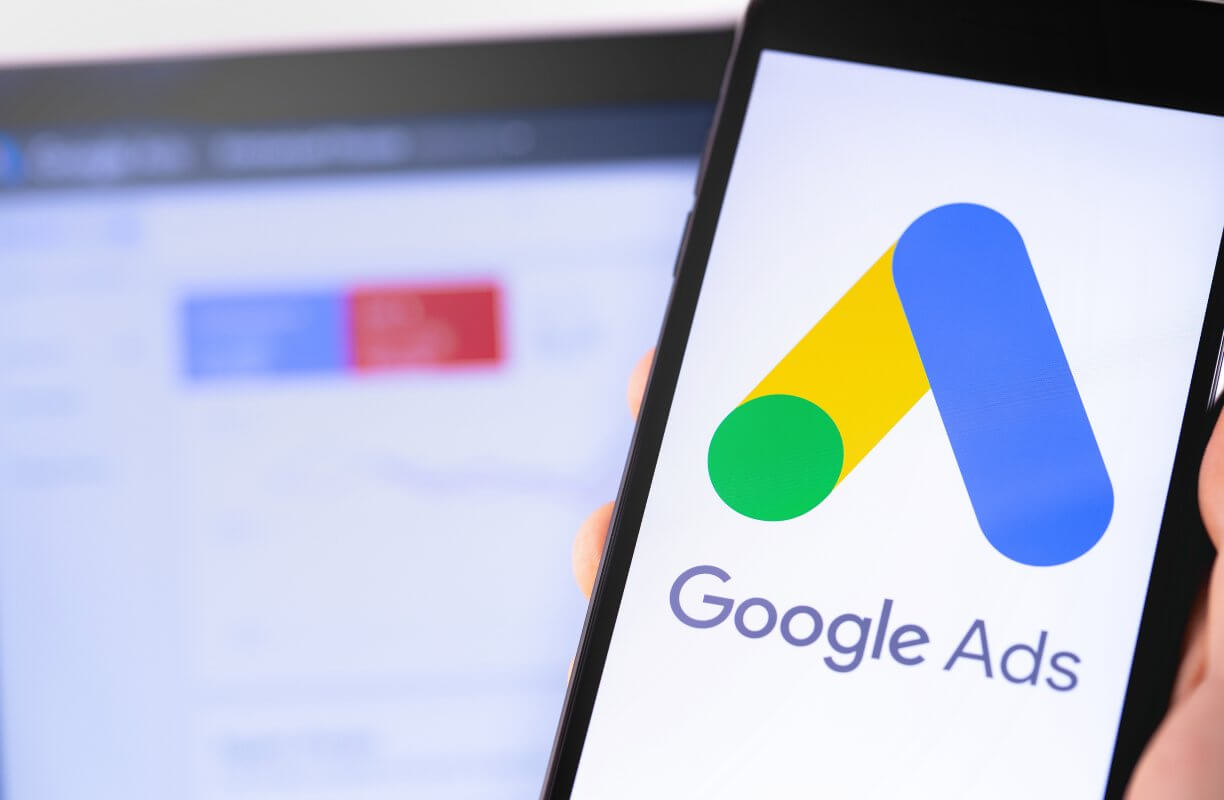
Google Ads is a powerhouse, providing a platform to connect with their intended audience effectively. However, running a successful campaign demands more than just throwing money at it. You need a strategic approach to truly utilize the potential of Google Ads campaigns and boost your conversion rates.
In this quick guide, we at Cybertegic, a digital marketing agency in Los Angeles, will share these 12 tips to optimize Google Ads campaigns for maximum impact.
1 – Understand your audience.
The key to any successful Google Ads campaign is understanding your target audience. Who are they? What are their preferences? What problems do they need to solve? By creating detailed buyer personas, you’ll be better equipped to tailor your ad content to resonate with your audience, boosting the probability of successful conversions.
2 – Conduct thorough keyword research.
Keywords are the backbone of Google Ads. Effective keyword research involves identifying the terms your probable customers are inclined to use while searching for products or services like yours. Leverage tools like Google Keyword Planner to discover relevant keywords and long-tail variations. You’ll increase your visibility and attract more qualified leads by incorporating keywords into your ad copy and content.
3 – Craft compelling ad copy.
Your ad copy is the first interaction users have with your brand. Make it count. Craft compelling, concise, and relevant ad copy that addresses your audience’s pain points and highlights your product or service’s unique value. Use clear calls-to-action (CTAs) to prompt users to take the desired action, whether purchasing, completing a form, or reaching out to your business.
4 – Implement ad extensions.
Ad extensions are powerful tools to elevate your ad’s visibility and offer extra information to users. Employ site links, callouts, and structured snippet extensions to showcase more details about your offerings. This makes your ads more informative and increases the chances of people clicking through to your website.
5 – Set clear goals and track conversions.
Before launching a campaign, define your goals. Whether it’s increasing sales, generating leads, or boosting website traffic, having clear objectives will guide your optimization efforts. Use the conversion tracking feature to monitor customers’ actions after clicking on your ads. This data is invaluable for assessing campaign performance and making informed adjustments.
6 – Set optimal bidding strategies.
Bidding is a crucial aspect of Google Ads optimization. Experiment with different bidding strategies to find what works best for your goals. Manual CPC (Cost-Per-Click) allows more control over individual keyword bids, while automated strategies like Target CPA (Cost-Per-Acquisition) use machine learning to optimize conversions. Regularly monitor and adjust your bids to align with your performance goals.
7 – A/B test for continuous improvement.
Continuous improvement is vital to long-term success. Implement A/B testing to compare ad variations to pinpoint what resonates most with your audience. Test different headlines, ad copy, images, and CTAs to determine which elements contribute most to higher conversion rates. Use the insights obtained to enhance and fine-tune your campaigns for ongoing optimization.
8 – Optimize for mobile.
With a significant portion of online searches occurring on mobile devices, optimizing your ads for mobile is non-negotiable. Ensure your website is mobile-friendly and your ad campaigns are optimized for various devices. Use responsive ad formats and consider mobile-specific ad extensions to create a seamless experience for mobile users.
9 – Optimize your Landing page.
A compelling ad will only achieve its full potential with a well-optimized landing page. You must ensure that your landing page is relevant to the ad content, loads quickly, and is easy to navigate. Incorporate persuasive elements such as compelling headlines, clear CTAs, and engaging visuals to encourage users to convert.
10 – Utilize remarketing strategies.
Don’t underestimate the power of remarketing. Target online users who have previously engaged with your website but didn’t convert. Craft tailored ads to reignite their interest and encourage them to revisit your site. Use dynamic remarketing to display personalized ads showcasing the specific products or services users viewed on your site.
11 – Use negative keywords to refine your audience.
Knowing negative keywords is crucial in refining your audience and minimizing wasted ad spend. Regularly review search terms triggering your ads and add irrelevant or non-converting keywords as negatives. This guarantees that your ads are displayed to the most pertinent audience, improving the overall efficiency of your campaign.
12 – Regularly analyze and adjust performance.
Optimizing Google Ads is an ongoing process. Regularly analyze your campaigns performance and adjust your strategies accordingly. Track and monitor key metrics such as click-through (CTR) and conversion rates. Leverage this data to discern trends, capitalize on strengths, and pinpoint areas for improvement, allowing you to adapt your approach in real time.
Key Takeaways
Optimizing Google Ads campaigns for higher conversions requires a holistic approach encompassing audience understanding, keyword research, compelling ad copy, strategic bidding, and continuous improvement through testing and analysis.
Implementing these strategies will allow you to enhance the performance of your campaigns and unlock the full potential of Google Ads as a powerful tool for driving conversions and achieving your business objectives.
